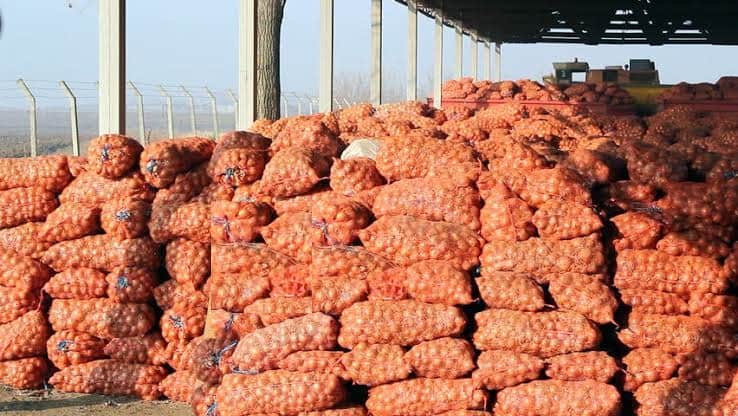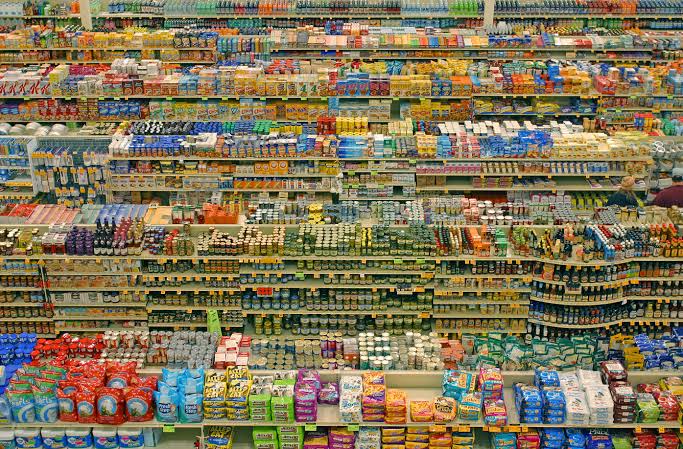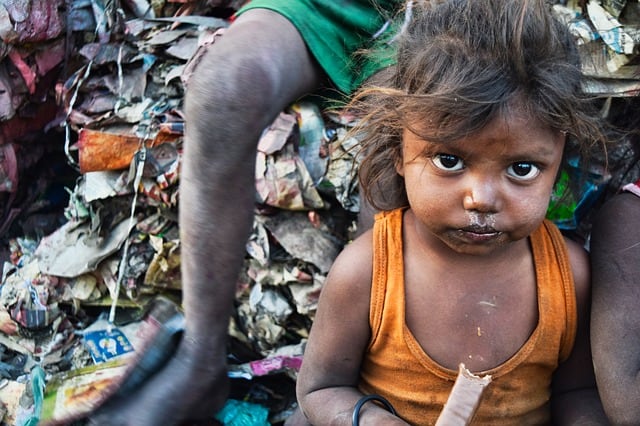Lack of proper agriculture planning in India lead to high inflation and hurt pockets of poor people. The food inflation in the third quarter of 2019 indicates the need to dig deeper into the agricultural policies and improvise them to avoid such a situation in the future.
High Onion Prices
The soaring onion prices left people with no other option than making dietary changes including our Finance Minister. This was due to a lack of cultivation data which could have easily predicted a shortage of onions this year. We know that crops in several states suffered due to untimely rains but proper agriculture planning would have avoided onions shortage in India. With agriculture such an important part of India’s economy, every state needs to collect accurate cultivation data and educate the farmers on crop patterns for the next harvest. This will facilitate farmers to decide which crop will yield them benefit rather than following the paddy/wheat cultivation pattern. Though the government tried to rein-in hike by banning exports and hoarding but failed to regulate the prices.

Siraj Hussain, a senior visiting fellow at ICAR stated that though India had a good harvest of onions, the heavy rains damaged 30% – 40% crop in key growing areas in 2019. He further added that the government needs to provide modern storage facilities to prevent shortage in future.
Retail Inflation
According to data released by the National Statistics Office, retail inflation increased by 5.54% in November, which is the highest in three years and more than double of 2.33% from November 2018. The dropping GDP growth rate and high inflation figures depict the worrisome situation of the Indian economy. The inflation figures remained in the range of 2-3.3% from January to August. Untimely rainfall resulted in crop damage which ultimately led to such a price hike in prices of essentials.

The prices of vegetables increased to 35.99% while cereals and eggs grew by 3.71 percent and 6.2%. The high rate of inflation has crossed RBI’s medium-term target of 4% inflation. This will probably make the central bank to hold rates for some time despite the economic slowdown. However, ICRA principal economist Aditi Nayar projects that moderation of vegetable prices will bring down the inflation rates in 2020.
Several senior officials of banks have mentioned India entering into the stagflation stage citing the low demand and industrial output and increasing prices. The industrial output shrank by 3.8% in October 2019. Weak demand in real estate, automobile, power, and fuel has led to a loss of job opportunities that have further added to the slowdown.
India Ranks 102 in World’s Global Hunger Index
India, ranking 102 on the world’s global hunger index among 117 countries, is distressing. This score signals severe hunger and malnutrition as a result of a deficient diet. Out of 850 million hungry and malnourished people across the world, 200 million are from India. Even countries having fewer resources, like Pakistan and Bangladesh, rank above India on GHI.

Despite allocating huge funds to several schemes to promote food security and improve nutrition, there are millions of malnourished people including children in the country. The bureaucratic processes have turned the problem of ‘lack of access’ to ‘lack of availability’ of food.
A report by the Food and Agriculture Organisation stated that the rapid commercialization of agriculture has ended its local biodiversity. People no longer have access to local crops that were rich in micro nutrients and vitamins. Besides, excessive use of chemical fertilizers is making crops dangerous for consumption. India’s commitment to Sustainable Development seems difficult with monotonous crop patterns across the country.
The increasing depletion in water table and undernourishment indicates the country’s wrong approach of maximizing crop production. India needs to focus on bringing diversity to plates rather than just providing calories to survive. The cultivation of coarse grains like millet, sorghum, and ragi must be preferred over the wheat-rice cropping pattern. This will not only have a positive effect on the environment but will also make a nutritious diet affordable for poor people. Moreover, linking agriculture to nutrition will prove beneficial in terms of better income generation to the farmers.
Hence, the Indian government, keeping in mind the economic and environmental effects of diverse cropping patterns, needs to come up with supporting solutions.